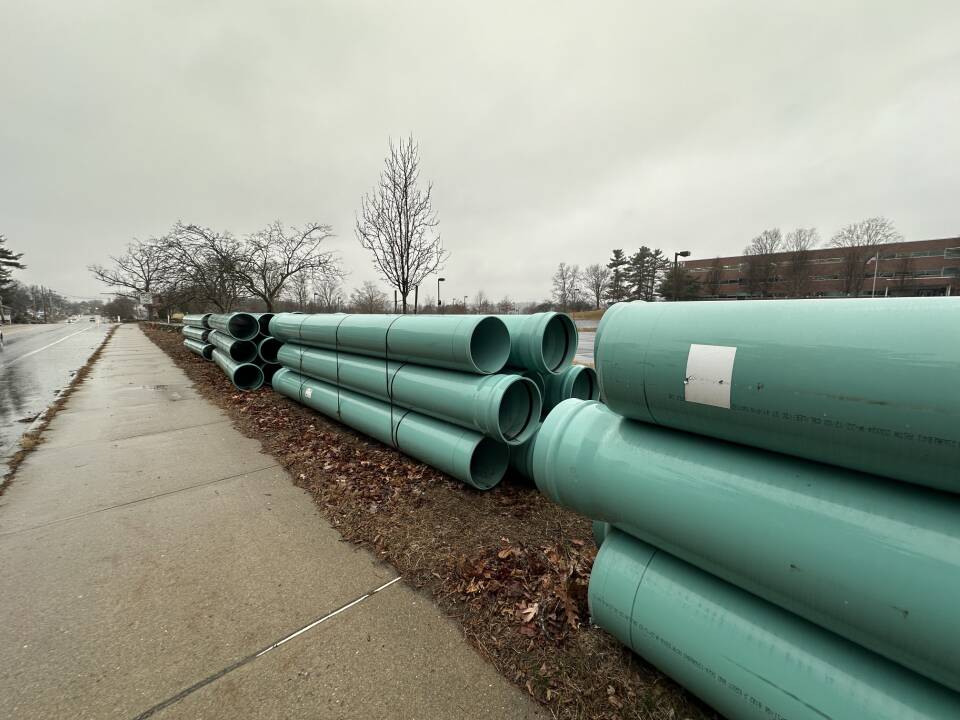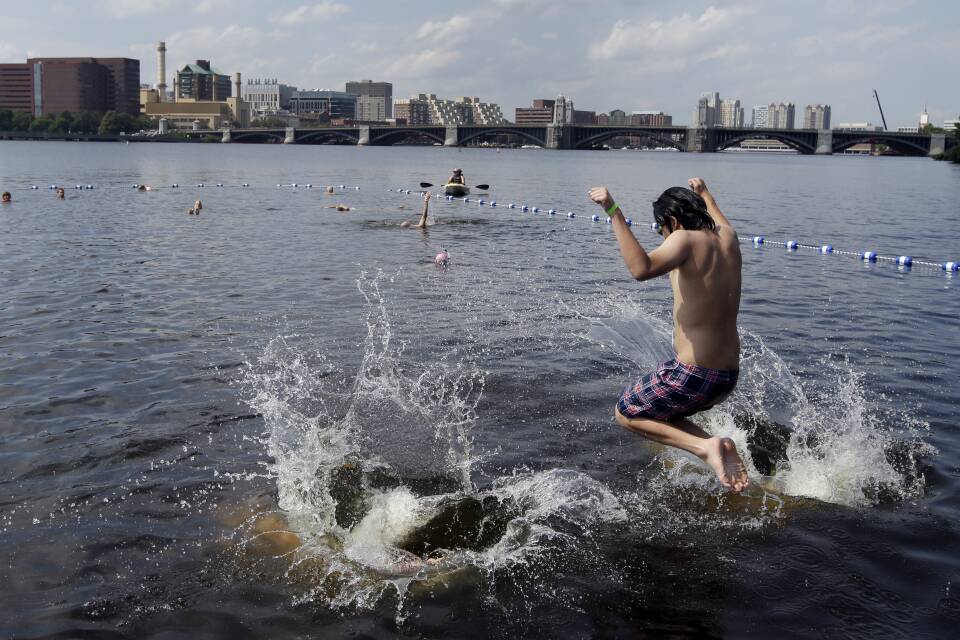As of today, 25 Massachusetts beaches are closed, according to the state’s Beach Water Quality Dashboard. That’s 25 fewer lake, pond and ocean recreation areas where residents can cool off this summer. The culprit? Often, it’s bacteria caused by sewage and runoff overflow that goes into nearby bodies of water.
While the passage of the Clean Water Act five decades ago transformed Boston Harbor and the Charles River basin from stinky, polluted water into enjoyable places for recreation, watershed advocates say there’s more to do — and it starts with investments in infrastructure.
Boston’s infrastructure is really old, Emily Norton, executive director of the Charles River Watershed Association told Boston Public Radio on Wednesday. The sewers and stormwater were built to all go into one pipe that eventually flows into the harbor, she said.
“If you read the old reports about life in Boston during the summers, it was pretty unpleasant. … There were odor maps back in the day,” she said, adding that open spaces like the Emerald Necklace and Back Bay Fens were constructed for sewage management. “Poop has really had a huge impact on Boston’s development.”
“Poop has really had a huge impact on Boston’s development.”Emily Norton, executive director of the Charles River Watershed Association
Today, sewage usually doesn’t enter the harbor. But when it rains really hard there can be combined sewer overflows — when excess stormwater, mixed with sewage from households, has to be let go into the harbor to prevent it from backflowing into homes.
“The stormwater pipe and the sewage pipe are sometimes talking to each other,” explained Patrick Herron, executive director of the Mystic River Watershed Association. “You see the mixture of everything that comes off of that land surface, that pavement, as well as what happens underground with these pipes intermingling with each other.”
The sewage-laden water is released through several outfall locations along the Charles River and Boston Harbor. Sewage contains an excessive amount of nutrients, such as phosphorus, that can cause environmental concerns, according to the EPA.
The problem is exacerbated by climate change.
“As we are coming into a climate future right now where we have more frequent rainfall and more intense rainstorms, we are seeing more pollutants coming into our water bodies,” said Norton.
Climate advocacy groups have faced challenges in the past trying to pass impactful legislation to improve water quality. Norton specifically noted the challenges in asking governmental institutions to give $4 billion in cleaning up the Charles River.
Investing in local infrastructure like separate sewage and stormwater pipes, “green” solutions that decrease runoff, plus engaging with elected officials are ways to improve water quality, Herron and Norton said.
“Because if the public shrugs their shoulders … so will the cities, so will the agencies, and so will the state,” Herron said.







